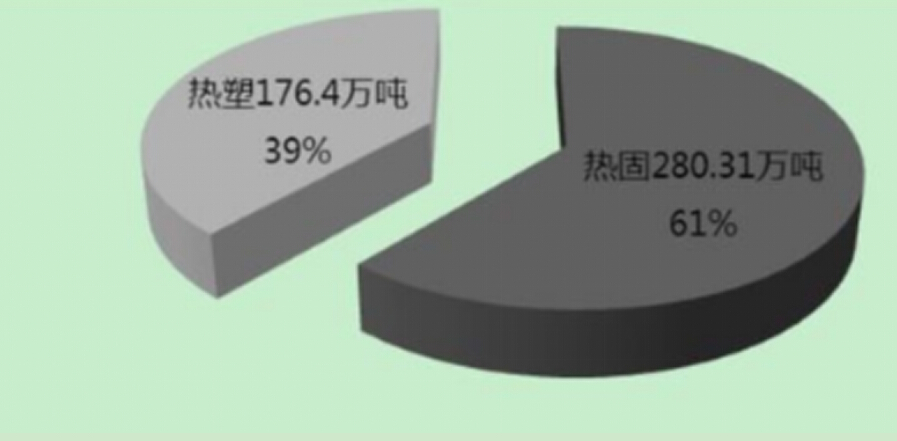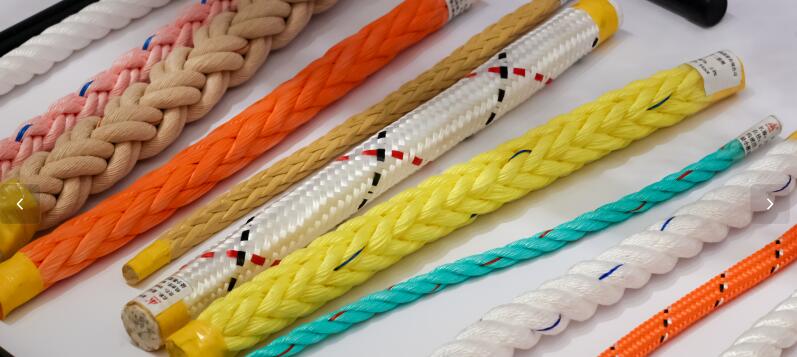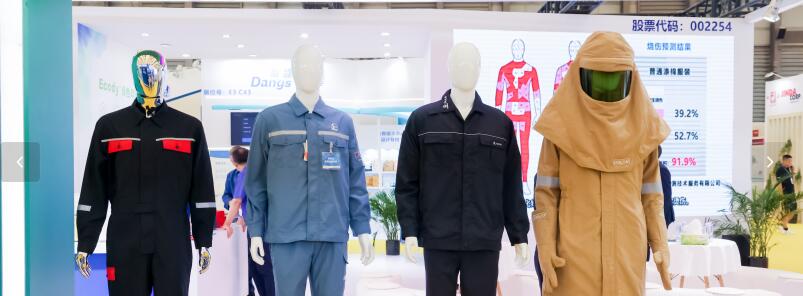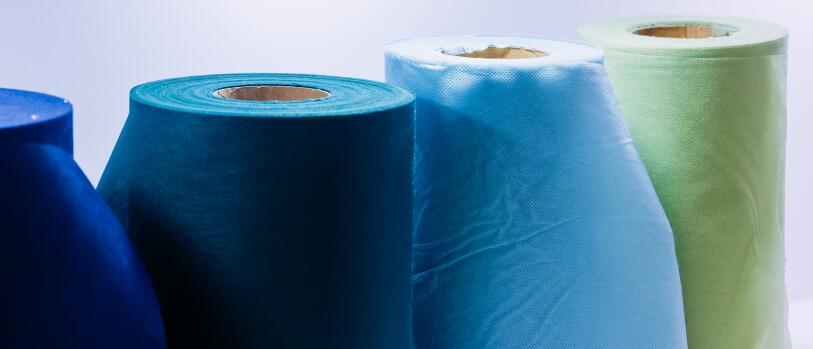|
|||||||||
|
|
| Fiber Composites Growth (2016 - 2020)(continued, part II) |
|
International trade The lethargic symptoms in global market gave way to a vitality in China’s domestic demand during the 12th Five-Year Program period (2011 - 2015) that witnessed a decreasing export share from 47.3 percent in 2010 to 41.8 percent in 2014, approaching progressively to 30 percent in its target share as laid down in the industry development plan that emphasizes more domestic contribution to the industrial growth, showing that the share of domestic sales was obviously increasing to respond to consumption growth in China. (Table 1)  The data in 2015 also saw an export slide-down in both volume and value with 1.249 million tons for 2.05 billion U.S. Dollars, registering a drop by 3.2 percent and 0.7 percent respectively, but the highlight is the averaged price that reads 1640.86 dollars/ton, up by 2.6 percent, realizing 1.163 billion dollars in trade surplus, up by 6.4 percent, showing optimistic trend of an optimized product structure in export to reduce outbound shipment of low-end products. To be more exact, the coarse yarn export dropped by 4.1 percent in volume while the fine-denier yarn was shipped out at averaged price higher than that in the same period the year before.To keep that momentum, Chinese investment in more sophisticated product operations overseas has been increasing on new market fronts, like Chongqing Polycomp International Corporation (CPIC) that has furnace process operations in Bahrain and Brazil by virtue of acquisition and share holding, and China Jushi Co., Ltd. that is stepping up process of setting up glass fiber production facilities in Egypt and U.S.A. besides its 14 existing establishments (sales office and production bases) in South Africa, France, Italy, Canada, Spain, India and Singapore etc.in an effort to substitute going-global investment for home-grown export in a new international vision. Development of fiber-reinforced composites The dynamic growth in Chinese economy has contributed a lot to the domestic demand for glass fiber and its composites, in spite of the speed gear-down to 6.9 percent in GDP last year that saw even slower rate than that in 2008,2009 and 2010 with 9.6%,9.2% and 10.4% respectively during the three years of global financial crisis. The technology in pultrusion, fiber winding and modeling processes has made much headway, which increases productivity to challenge rising labor cost in the fiber-reinforced composites industry. The windmills, railway transportation, urban infrastructure and environmental construction have boosted market demand for an ever-rising production of composite materials. To be more exact, the fiber-reinforced plastics(FRP) products turned out 4,567,100 tons in 2015, 5.36 percent in year-on-year growth, which can break down into 2,803,100 tons of thermoset products and 1,764,000 tons of thermoplastic products, up 3.06 percent and 9.023 percent respectively  Figure 1: Thermoplastic v.s. thermoset products in production share (2015) (Thermoplastic products account for 39% while the thermoset 61%)
Table 2 shows thermoset products outnumber thermoplastics in size and scale, but the rapid growth in automobile industry, high-speed train, electric and electronic industry give impetus to the rising demand for the thermoplastic composites that are advantageous in short time for modeling and in impact-resisting performance and well accepted by the market which has,in turn, driven the production and market share on consecutive growth in years. Of the total thermoplastic composites production, the engineering plastics has 1,464,000 tons, up 8.44 percent over the year before,still starring the product-lines.
The production of the products based on the pultrusion technology increased from 200,000 tons in 2010 to 305,600 tons in 2015 with the main product lines in power transmission tower poles & brackets, cable bridges & racks, wire conduits and other electricity insulators, in addition to the building materials in bridge and tunnel construction. In recent years, researchers and manufacturers hinge on PU-pultrusion products as the polyurethane resin pultrusion process has the advantage in short fashioning time and higher productivity, free of styrene volatilization, and these products can be found in PU window frames,railway sleepers, ladders and roof plates in factory buildings.
The filament winding process is still protagonist in composites output that saw 715,000 tons of the products in 2015, with various applications to water pipes in supply and sewage system, storage tanks in petrochemical and food industries, high-pressure pipes, thionizer (desulfurizing tower ), and air tubes etc.. The new application can also be found in the double-walled oil tanks which has such advantages as long service life, good erosion resistance, light weight and maintenance-free function, what is more, the double-wall structure allows for an inserted monitoring device to keep watch on oil leakage to prevent accident. Some big enterprises have made breakthroughs in technical advancement in manufacturing large storage tanks and vessels, some of which are sized in over 5000 cubic meters in volume by adopting the filament winding process.
There are 416,000 tons of composite materials in annual production by pressing technology with majority of the products applied to SMC/BMC mold-pressed automobile parts & assembles, power switch gear, electric meter box,insulating fixtures,artificial marbles in architecture etc. Apart from those applications, the recent years witnessed an outstanding demand for pressed plates and boards,and for the plywood board or sandwiched panels in particular, which have enjoyed rapid growth in railway transportation, commercial cars and buses, shipping vessels, sports facilities, thanks to the structural and functional property and light weight with high tenacity.
LCM technology injects liquid-state polymers into a closed die cavity or moulding chamber prefabricated of fiber-based structure, the liquid polymer flows to shape inside the moulding chamber. In 2015, China had 372,300 tons of the fiber-reinforced composites in annual production by this process with the products mainly used in the wings of windmill(wind blades),driven by the new installations of wind power at the record high to reach 30.50 million kilowatts,representing 48.4 percent of the world new wind power installed last year. In fact, China accounted for 33.6 percent of the world share by its total installed wind power capacity for 145.1 million kilowatts as of 2015. The rapid growth for wind power market gives impetus to more composites production for this product line that has very demanding standards for product performance, structure, process and technological indexes. Zhongfu Lianzhong Composites Group-Wind Blades plant has adopted manufacturing executive system (MES) to digitalize its production management, making sure that process is optimized with the fully-fashioned technology to provide large and high-performance, high-modulus fiber reinforced composites for wind power market.  Figure 2: China’s Wind Power Growth (2001 - 2015) both in new and aggregated installations Source: CWEA (note: blue bar for new installation,red bar for the aggregate) Unit: 10,000 kilowatts The liquid composite molding technology is cost efficient, process flexible, making it possible to produce large and complex composites. The process flexibility allows for inserting grids and cores during the fully-fashioned production that gradually meets the needs of the various kinds of large-sized synthetic structures well accepted in shipping, automobile and railway transportation industries. China is now challenging the tough and pungent issues of air pollution to actively cope with the global climate change, the clean energy is elbowing its way in the right direction for replacing the fossil fuels in phases, which is already underscored as national fundamentals in strategic blueprint.The next five years is of paramount importance for the technical textile companies to be hard-charging, get-ahead and innovative in stepping up the production of the large, intelligent and light-weighted composites and the fiber-reinforced composites along with wind power development. (by CHINA TEXTILE)
|


